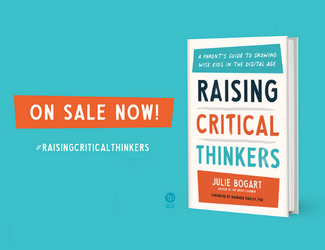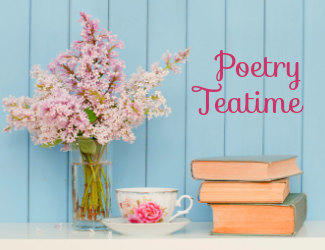[Podcast #250] Reading Aloud: Why Teach Writing Mechanics with Living Literature?

What is living literature? What does it have to do with teaching your kids grammar and spelling?
Today’s podcast episode is a recording of Julie’s webinar where she explains the heart of Brave Writer’s approach to teaching writing.
Julie talks about how immersion in rich, powerful literature is the best way to teach your child writing mechanics. She outlines the Brave Writer process in six steps:
- Parents read aloud.
- Students read to themselves.
- Students keenly observe what they read and ask investigative questions.
- Students test what they know through copywork and dictation.
- Students correct their own work.
- Students freewrite.
With specific examples and colorful anecdotes, Julie dives into the details for each step. She also breaks them down by program level: The Quill (5-7 year olds), Dart (8-10), Arrow (11-12), Boomerang (13-14), and Slingshot (15-18).
If you’ve been looking for a distillation of what exactly Brave Writer is, this is the episode for you!
Show Notes
1. Reading Aloud
Just like your child learned how to speak from being immersed in your speech, they can learn to write by being immersed in your reading aloud to them. Reading aloud to your child is a way to tune their ear to good writing–that’s why using living literature is so important (and why we’re very picky about what books we use in our Brave Writer programs). Children need to hear high-quality, impactful writing as their own first step on their writing journey.
2. Read to Self
Just like reading aloud to your child tunes their ear, your child reading to themselves tunes their eyes. The next step is for your child to read to themselves. By immersing themselves in this way, they’re training their eyes to recognize what looks like good writing and noticing if something seems off.
3. Keen Observation
The next step is to activate your child more as they read to themselves. Here at Brave Writer we call it “keen observation” and support it in our program with lists of “investigative questions.” For example, students might highlight every question mark they see. Or they may note how the author describes one character versus another.
4. Copywork and Dictation
Now it’s time for the student to take the wheel… by that we mean the pen (or chalk, or marker, etc.). They work on the physical aspect of putting words to paper. When they are very young this might just mean tracing words. Then they may graduate to writing what’s dictated to them. Or reverse dictation exercises. Overall, they’re learning that they can translate thoughts into writing.
5. Self-Correction
Giving students the exercise of catching their own mistakes shows them that they do know writing mechanics even if they aren’t always perfect. It also shows them that editing is a natural part of writing and doesn’t need to feel threatening. Rather than approaching writing as an opportunity to make mistakes, they can approach editing as an opportunity to strengthen what they’re trying to express.
6. Freewriting
The final step in the cycle is freewriting. The goal is just for students to get their thoughts down on paper. This is to help your student become accustomed to writing, analyzing and opining about things around them. The more you can remove the feeling of peril about writing, the better and more joyful the learning process will be for your student.
Of course each of these six steps in the Brave Writer program is adjusted to age groups: The Quill (5-7 year olds), Dart (8-10), Arrow (11-12), Boomerang (13-14), and Slingshot (15-18). But the fundamental premise remains the same: Using living literature is the best way to teach writing mechanics.
Resources
- Start a free trial of CTCmath.com to try the math program that’s sure to grab and keep your child’s attention.
- Don’t miss Fall Class Registration. Full class descriptions here.
- Check out the Brave Writer Mechanics and Literature Programs.
- You can find “Braiding Sweetgrass” and other books in the Brave Writer Book Shop.
- Get free samples of our Brave Writer products.
- Want the digital Brave Writer products professionally printed and quickly shipped to your home? Order physical copies from The Homeschool Printing Company.
- Sign up for our Text Message Pod Ring to get podcast updates and more!
- Send us podcast topic ideas by texting us: +1 (833) 947-3684.
Connect with Julie
- Instagram: @juliebravewriter
- Threads: @juliebravewriter
- Twitter: @bravewriter
- Facebook: facebook.com/bravewriter
Connect with Melissa
- Website: melissawiley.com
- Substack: melissawiley.substack.com
- Instagram: @melissawileybooks
- Twitter: @melissawiley
Produced by NOVA Media


















